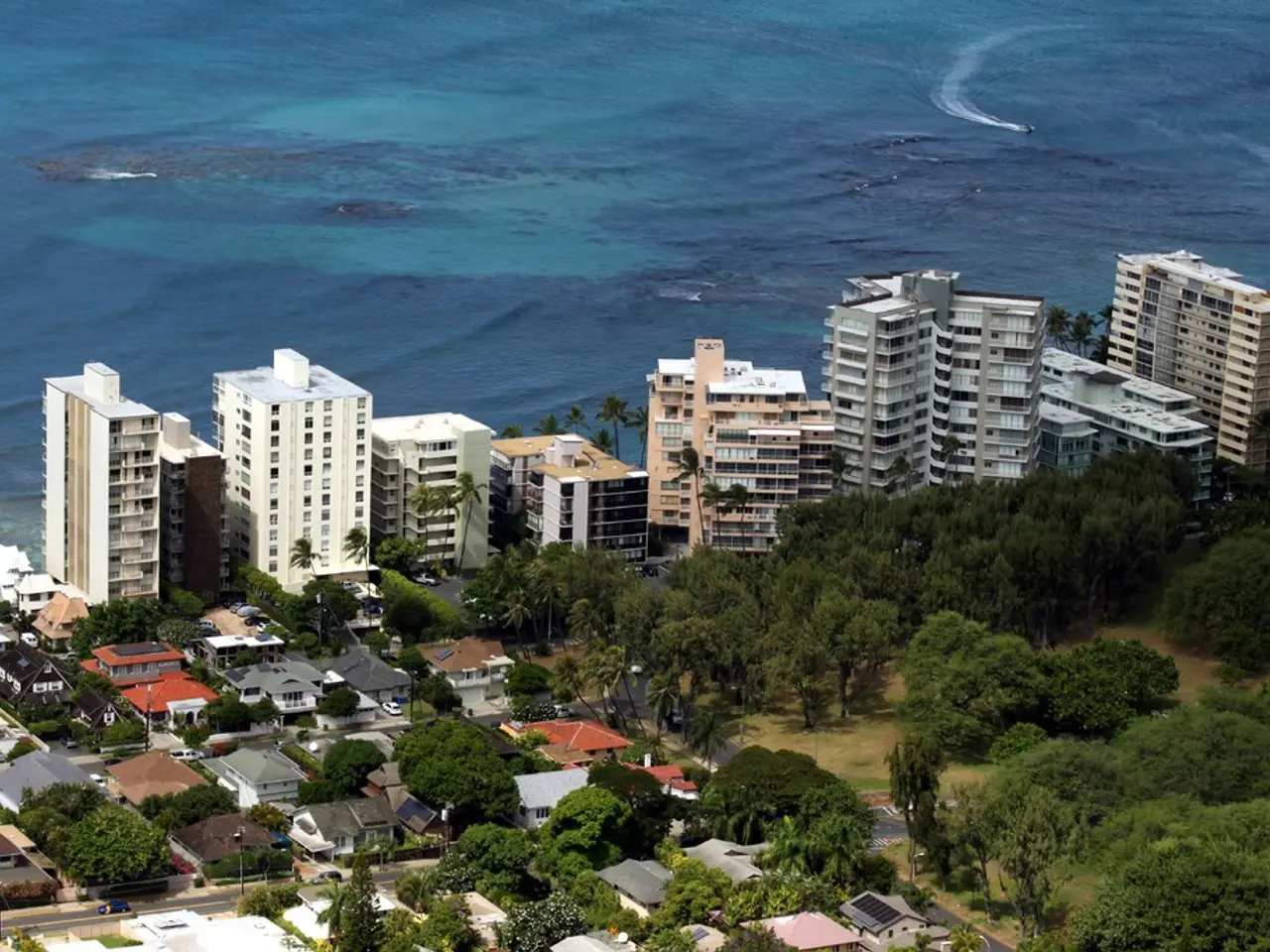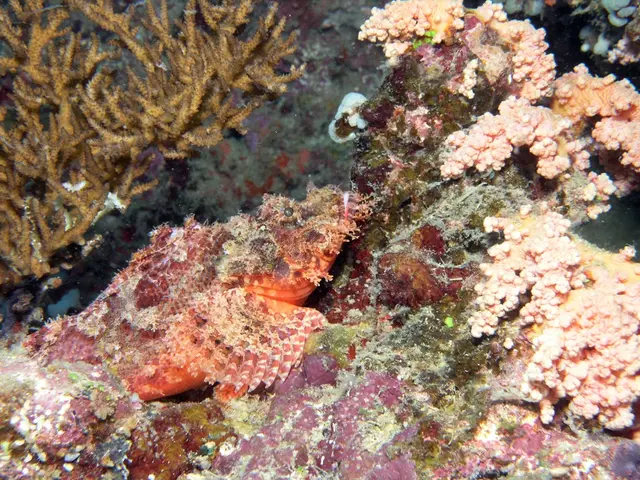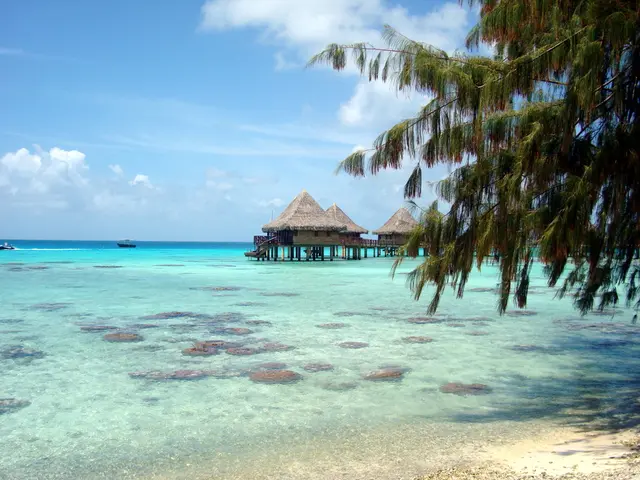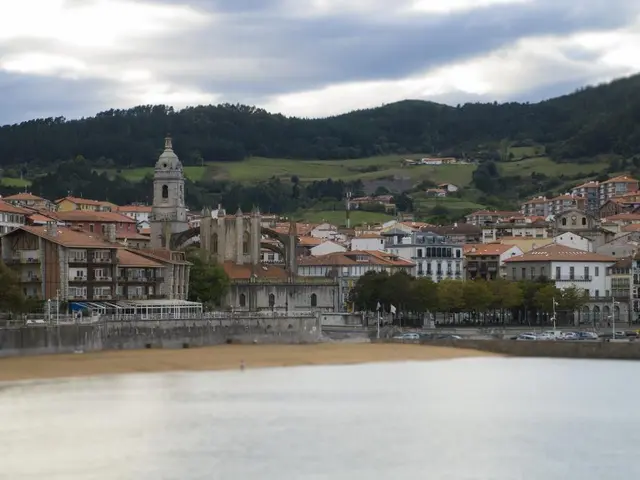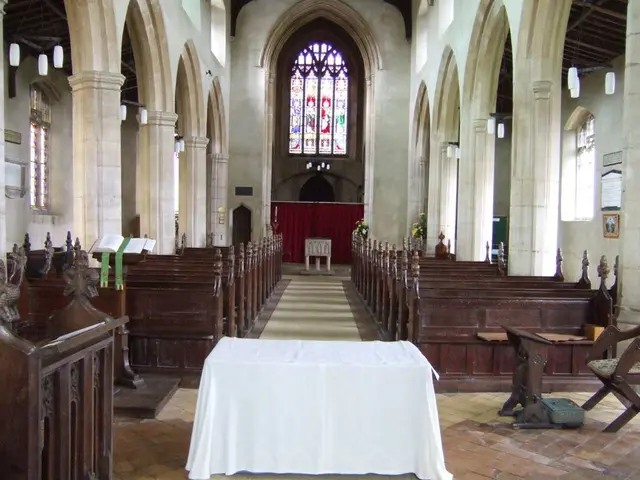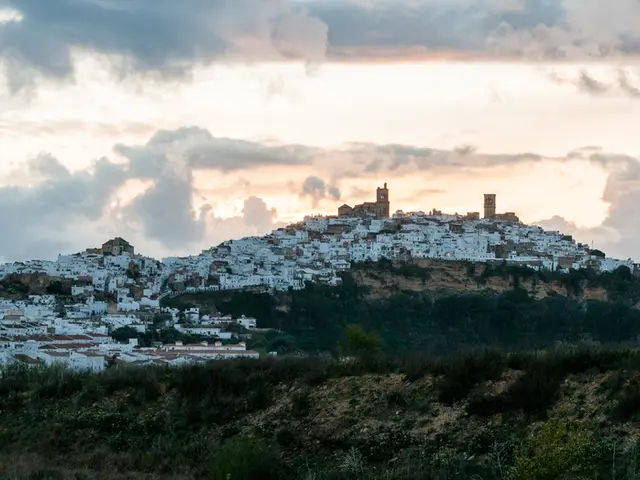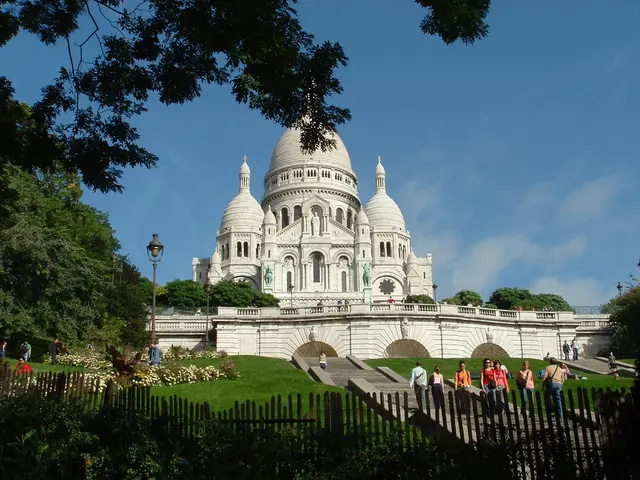Blue Carbon Ecosystems Gain Recognition in Mediterranean
Blue carbon ecosystems, such as seagrass meadows, salt marshes, and coastal wetlands, play a crucial role in carbon capture and storage, protecting coasts, and supporting marine biodiversity. These habitats, facing increasing pressure, are finally receiving recognition and protection in the Mediterranean.
The LIFE Blue Natura project in Andalusia allowed businesses to offset emissions by investing in marine habitat conservation and restoration. Meanwhile, Interreg-Med POSBEMED projects helped local governments balance visitor expectations with ecosystem protection on Posidonia-covered beaches.
In 2025, IUCN Med launched the 'Cherish the Nature' project in Cabo de Gata-Níjar Natural Park, aiming to raise public awareness and mobilize businesses around blue carbon habitat protection. This project follows over a decade of work recognizing the importance of these ecosystems, which store carbon up to 30 times more effectively than terrestrial forests.
With climate change and coastal pressures ongoing, continued action and protection of blue carbon ecosystems are vital. The 'Cherish the Nature' project, along with other initiatives, ensures these precious habitats remain a priority for conservation and sustainable use.
